So you’ve finally passed your driving test. Congratulations! Once the initial excitement has worn off and you’re done posing for your pass photo, you’ll probably spend a few hours planning your first road trip. Before you can actually hit the open road unsupervised, however, you first need to do one pretty important thing: buy your first car! Of course, learning to drive isn’t exactly a cheap process.
You’re probably wondering whether you should buy a new or used car. We’re going to take you through the main advantages and disadvantages of buying a new or used car, and also outline the main factors you should bear in mind before you buy your first car.
Keep reading for the full lowdown!
Should I buy a new or used car?
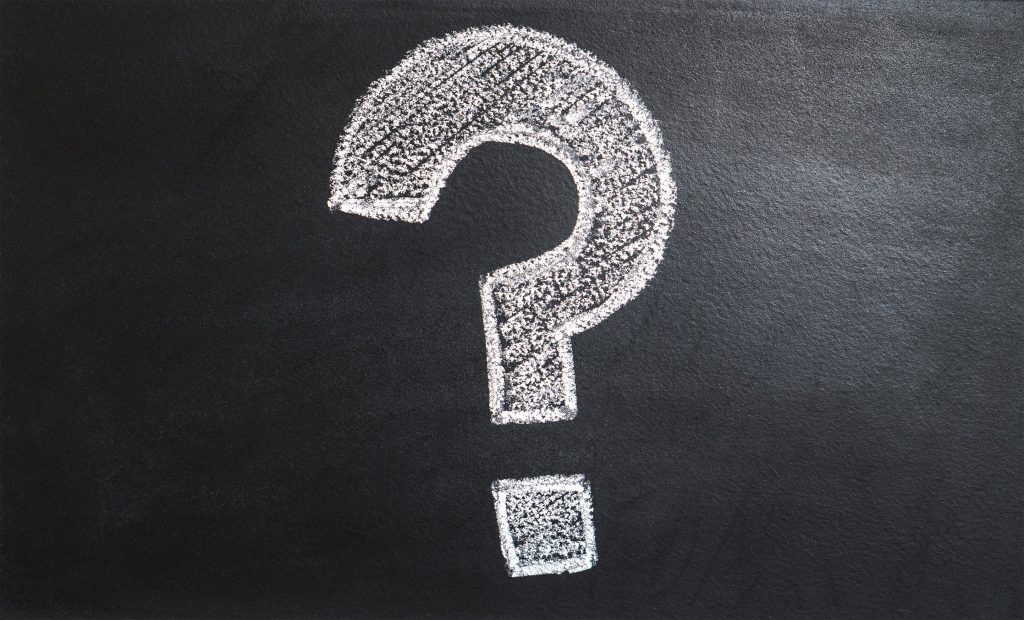
On the surface, this seems like a pretty easy question to answer, right? If you’re limited by budget, then a used car will surely be the cheaper and better option. Like anything related to the world of driving, however, things are rarely this clear-cut. There are many factors that need to be considered when making the decision on whether to buy a new or used car.
Let’s kick things off with an overview of what both options entail. We’ll sort through the main advantages and disadvantages to buying new and used cars to help you get a better idea of what might be the best fit for you.
Buying a new car
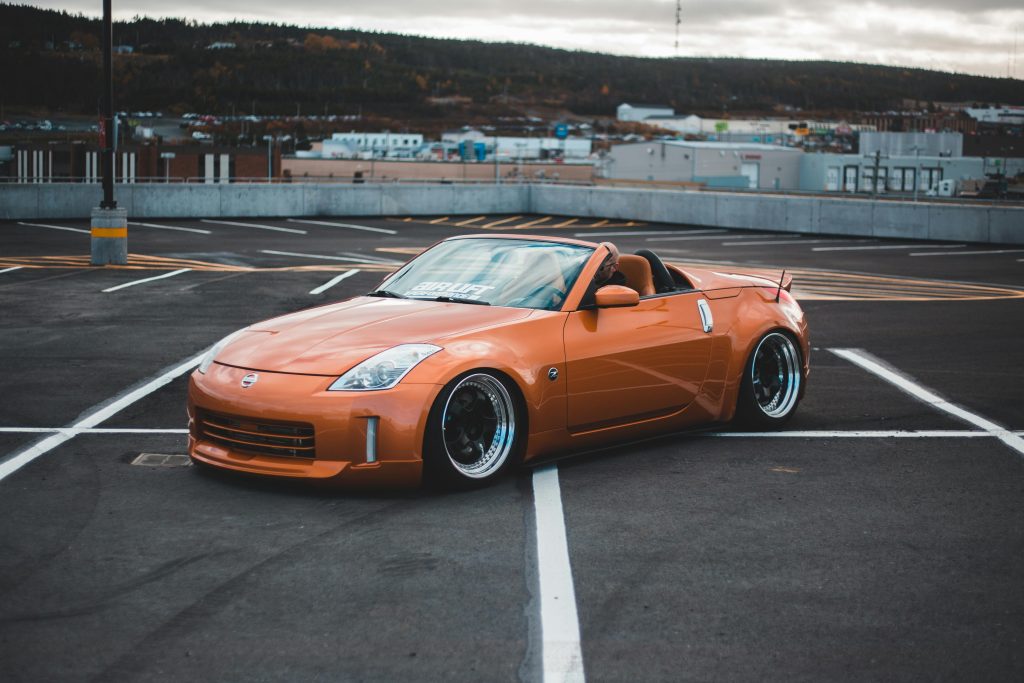
If you buy a new car, then there’s one thing you don’t have to worry about from the get-go: car wear and tear! It might seem rather obvious to point out that a new car is, well, brand new, but it’s still a valid point to make. It means you don’t have to worry about maintenance mishaps or weird smells—you’ll be the car’s first driver!
Generally speaking, newer cars tend to be the safest to drive. They come with new features like ABS and ESC—not to mention other new technological advances! Additionally, buying a new car usually comes with wider finance options.
In almost all cases, you’ll be given the chance to spread out your payments over a longer period of time, with lower interest—making it a bit easier to afford upfront. You’ve also got warranty to fall back on, which most used cars do not have. Of course, it’s not all sunshine and rainbows with new cars. Even with finance options, it can still be a pretty costly affair if you’re not careful.
With car depreciation as well, a new car starts to lose its value the moment you drive it out of the lot. By the end of its first year, according to the AA, it can lose up to 40% of its value! It makes the overall cost of a new car a bitter pill to swallow. Add in the fact that many dealerships are likely to try and push for you to buy unnecessary add-on features, and you’ll practically feel your money slipping through your fingers!
Buying a used car
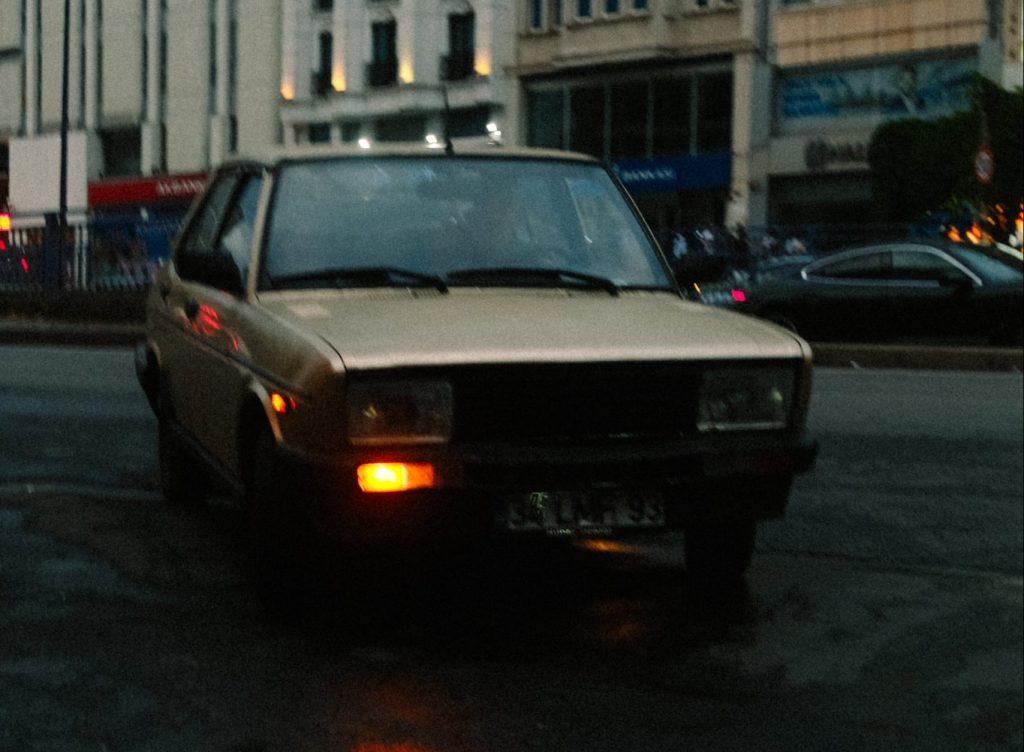
One of the biggest benefits to buying a used car is, of course, that it can be much cheaper and easier on your budget. With cars losing their value almost instantaneously, you can save yourself huge amounts, even if the vehicle performs just as well as it did on day one.
While you might be picturing a car that’s falling apart when we talk about buying a used car, it couldn’t be further from the truth. We’re not talking about buying a car that’s decades old here! Even a car that’s one to two years old is still much cheaper and cost-effective to buy than a brand new one. With the rate of car depreciation as it is, it could help you save heaps.
If you’ve got a tight budget, buying a used car can certainly be a lifesaver. Of course, that’s not to say it doesn’t come with downsides. If you’re not careful about where you buy a used car from, you might not always be 100% sure about the car’s history—it might not even be fully reliable. The best way to combat this is to buy from a reputable source and do a thorough background check of the vehicle’s history.
You’ll also want to see if the car model shows up on any car recalls list.
Additional disadvantages to buying a used car also include a lack of warranty—depending on where you look and your choice of vehicle—and a lack of control. You won’t be able to customise a used car and you’ve got to be far more flexible. Unlike a new car, you won’t be able to ask for a certain colour, for example. You essentially have to settle in some cases, especially if time is of the essence.
What’s my best option?
So we’ve summed up the main advantages and disadvantages of both options. Ultimately, however, your decision will mostly boil down to your budget. Of course, it’s not just the value of the car that needs to be considered. You’ve also got to look at the cost of maintaining the car. If you buy a used car that’s several years old, for example, you’ll likely have to fork out for repairs further down the line—used cars are more likely to have issues than new ones, after all.
You’ve also got to consider the cost of fuel and vehicle tax. The biggest determining factor in your budget, however, will undoubtedly be the cost of insurance.
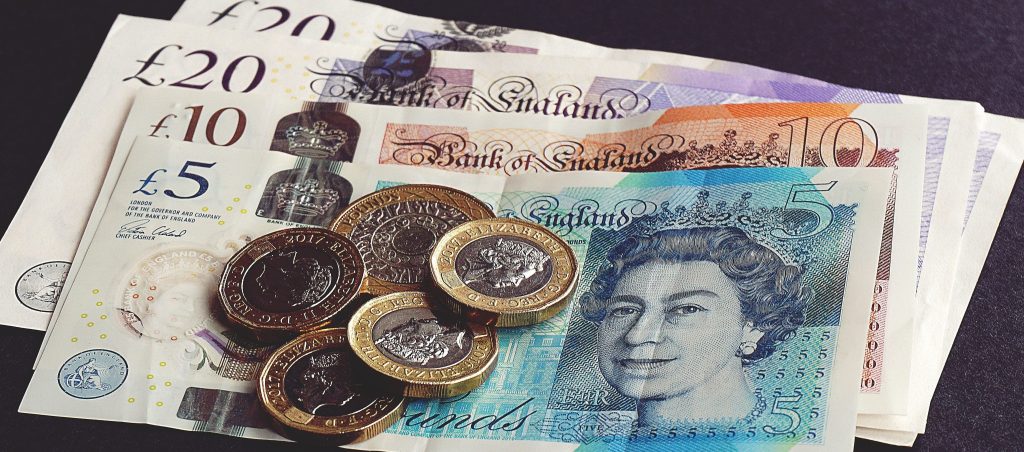
Believe it or not, the cost of your car can pale in comparison to the cost of your insurance if you’re not careful. Young drivers in particular are looking at having to pay the highest insurance premiums around. That’s why we’d advise you to look at insurance quotes and calculate how much your premiums would be depending on the car you choose. You’ll want to know exactly how much the cost of buying your car and insurance will be before you sign anything.
Otherwise, you might think you’re getting a good deal, only to be stuck with eye-watering premiums. Whether you’ve decided to buy a new or used car, however, there are plenty of ways in which you can reduce the cost of insurance and still meet your budget.
Pick the right car
Whether you’re buying a new or used car, your actual choice of model could severely increase or decrease premiums. Insurers place cars into insurance group categories from 1 to 50. These are calculated based on factors such as estimated cost of damage and parts, to safety features, to power and performance. If you can pick a car that belongs in a lower category, you’re likely to save a packet on your premium.
Avoid modifications
When it comes to this category, different pitfalls exist depending on whether you’re buying new or used. In the case of a new car, your dealership may well offer modifications to your car. While some of these, such as adding safety features like immobilisers, can help your cause, many unnecessary mods can drive up your premiums. When it comes to used cars, meanwhile, you’ll want to check that previous owners didn’t go overboard pimping their ride. Otherwise, their high insurance prices could soon become your burden!
Add a named driver
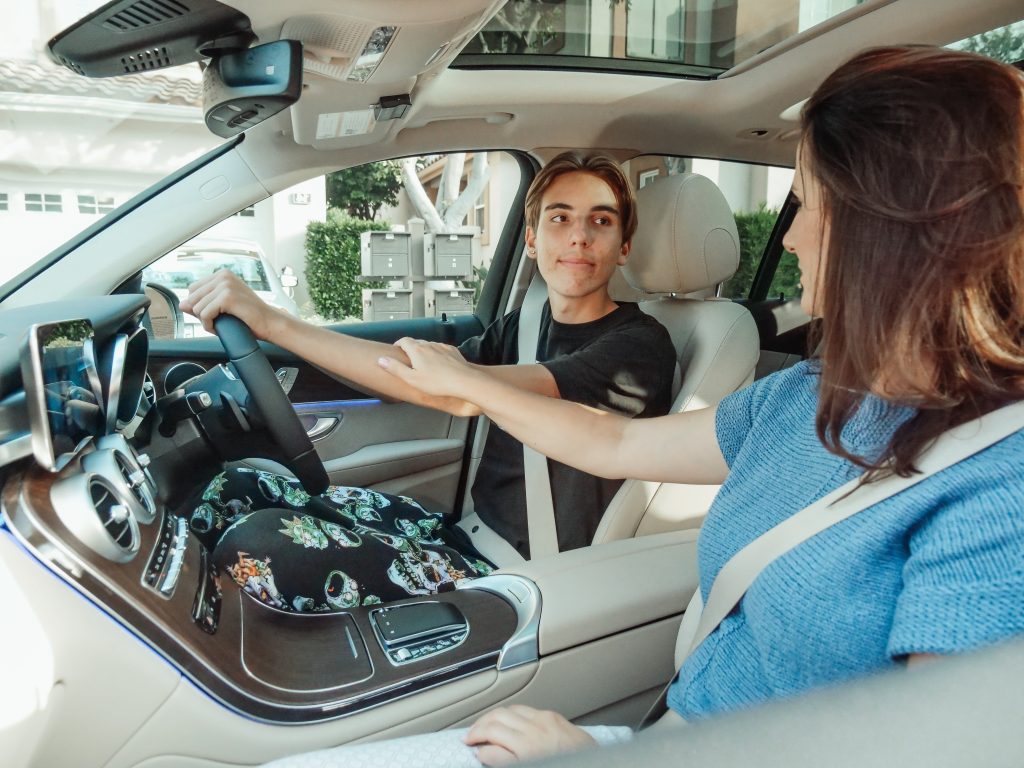
As a learner driver, you might have been added to your parent’s insurance policy so that you could practise driving outside of lessons. In a similar fashion, adding a named driver to your policy means that someone else is insured to drive your car. If they’re experienced and have a good driving history, it could drive premiums down even further.
Opt for a telematics policy
If you fancy yourself a safe driver, then this policy might be right up your alley. Black box (telematics) insurance involves your insurer fitting a device to your car. This will track your driving habits—looking at how you brake and accelerate, for starters—and calculate your premiums accordingly. If you’re a safe driver, your premiums will be reduced.
If you’re not… well, they simply increase. That’s just the tip of the iceberg!
Now, we’re going to briefly discuss a few additional factors that you need to consider before buying a new or used car.
Other things to consider when buying a new or used car
Head to the right place
As we’ve already mentioned, it’s important that you purchase your car from a reputable source. If you choose to buy from a private seller, you run the risk of ending up with a car that has more problems than you know how to deal with.
We’d recommend sticking to a dealership or, at the very least, private sellers with a good reputation.
It’s important that, regardless of whether you’re buying a new or used car, you don’t just settle for the first car you find. Take the time to compare offers from different dealers and private sellers. If you’re not in much of a rush, you might even want to consider waiting for quarterly sales and deals.
Inspect the car
Whether you’re buying a new or used car, you should take the time to inspect the car. Even if you get a good deal and reduce your premiums, you’ll still be paying a lot of money for your first car.
It’s vital that you make sure it’s actually worth it. Have a look at both the exterior and interior of the car. Also, take some time to review the car’s history—this is particularly important if you’re buying a used car. The car should come with a vehicle log book (V5C) and MOT. If you’re dealing with someone who doesn’t offer the right paperwork—or it seems incorrect in any way—then you should start looking elsewhere. It’s always better to be safe than sorry!
Give it a test drive
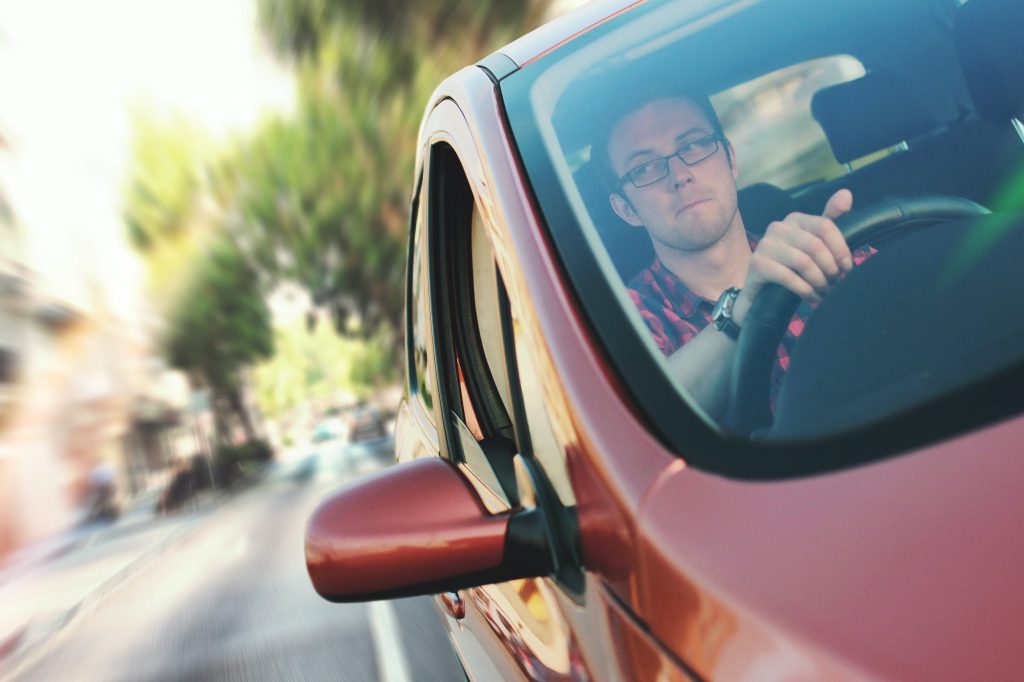
Even if you’re buying a new car, you should still take it for a test drive to make sure it’s the right fit for you. You might get behind the wheel and realise it’s too powerful for you or the wrong size. If you’re used to driving a smaller vehicle, for example, moving up to a larger one could throw off your driving style. Pay close attention to the clutch, brake and the performance of the vehicle as you take it for a spin.
Take your time
Whilst we understand being excited to get out on the road in your first car, it’s important that you don’t rush. Ideally, you’ll have this car for a few years, at the very least—so you want to make sure you won’t end up having any major regrets further down the line.
If you’re not entirely sure what you should be looking for, we’d advise you take a family member or friend around with you when you go to look at new or used cars. A second opinion can help you make up your mind.
